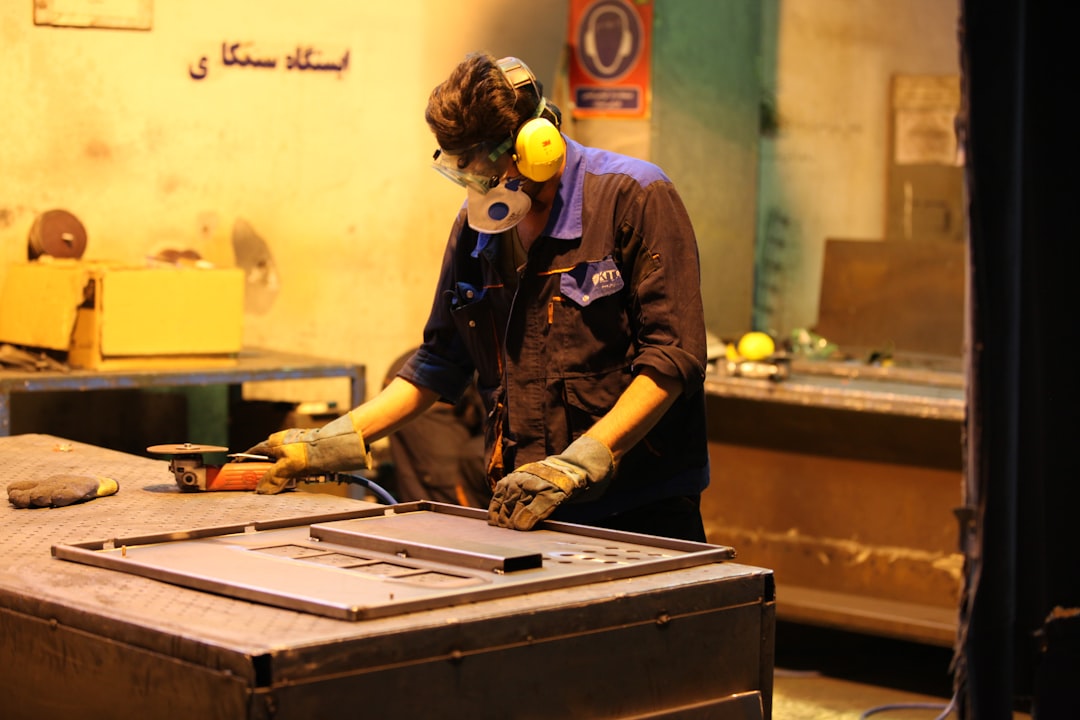In the world of construction, manufacturing, and engineering, the safety and reliability of materials are paramount. Steel, a cornerstone of countless structures and products, demands rigorous quality control. This is where CE certification comes in, acting as a crucial stamp of approval, assuring consumers and businesses alike of a product’s compliance with stringent European Union safety, health, and environmental protection standards. This guide dives deep into the world of CE-certified steel products, providing you with a thorough understanding of their significance and what they mean for you.
What Does CE Certification Mean for Steel Products?
The CE marking (Conformité Européenne) is a mandatory conformity marking for products sold within the European Economic Area (EEA). It signifies that the product meets the essential requirements of the relevant EU directives and regulations. For steel products, this means that they have undergone rigorous testing and evaluation to ensure they meet specific safety, health, and environmental standards. These standards cover aspects like mechanical properties (tensile strength, yield strength, elongation), chemical composition, dimensional accuracy, and surface finish. The specific directives applicable to steel products vary depending on their intended use and type (e.g., structural steel, reinforcing steel, steel pipes).
The Rigorous Process of CE Certification for Steel
Achieving CE certification for steel products is not a simple process. It involves several key steps:
- Product Design and Specification: The manufacturer must meticulously design the steel product to meet all relevant EU directives and standards. This includes detailed specifications regarding material composition, manufacturing processes, and performance characteristics.
- Internal Production Control: Robust internal quality control systems are essential. These systems ensure consistent product quality throughout the manufacturing process, including regular testing and inspection to detect any deviations from specifications.
- Conformity Assessment: This involves demonstrating compliance with the relevant directives. This can be achieved through various methods, including internal production control, type-examination, and third-party conformity assessment. Often, a Notified Body, an independent organization designated by a Member State, will be involved in verifying the manufacturer’s claims.
- Documentation and Declaration of Conformity: Manufacturers must maintain comprehensive documentation demonstrating compliance with all relevant requirements. This includes test results, manufacturing processes, and quality control procedures. A formal Declaration of Conformity must be issued, stating that the product meets the essential requirements.
- CE Marking Application: Finally, the CE marking is affixed to the product, usually accompanied by the manufacturer’s identification and relevant product information.
Benefits of Choosing CE-Certified Steel Products
Opting for CE-certified steel products offers numerous advantages:
- Enhanced Safety: The rigorous testing and certification process ensures that the steel products meet high safety standards, minimizing risks of structural failure, accidents, and injuries.
- Improved Quality: CE certification assures consistent product quality, reducing the likelihood of defects and enhancing the overall performance and longevity of the product.
- Legal Compliance: Using CE-certified steel products ensures full compliance with EU regulations, avoiding potential legal penalties and liabilities.
- Increased Market Access: The CE marking facilitates easier access to the EEA market, opening up opportunities for both manufacturers and consumers.
- Enhanced Reputation: Choosing CE-certified products enhances the reputation of businesses, demonstrating a commitment to quality and safety.
Common Applications of CE-Certified Steel Products
CE-certified steel finds its way into a vast array of applications, including:
- Construction: Structural steel, reinforcing bars, and steel sections used in buildings, bridges, and other infrastructure projects.
- Manufacturing: Steel components used in machinery, automotive parts, and other industrial applications.
- Energy Sector: Steel pipes and components used in pipelines, power plants, and renewable energy infrastructure.
- Transportation: Steel used in the construction of vehicles, railway tracks, and ships.
- Consumer Goods: Steel components in appliances, furniture, and other everyday products.
Identifying Genuine CE-Certified Steel Products
It’s crucial to be able to identify genuine CE-certified steel products. Look for the following:
- The CE Marking: The CE marking itself should be clearly visible and correctly affixed to the product or its packaging.
- Manufacturer’s Identification: The manufacturer’s identification number should be included alongside the CE marking.
- Declaration of Conformity: Manufacturers are obligated to provide a Declaration of Conformity upon request. This document provides detailed information about the product’s compliance with relevant EU directives.
- Notified Body Involvement (if applicable): If a Notified Body was involved in the certification process, their identification number may be included on the product or documentation.
- Reputable Suppliers: Sourcing products from reputable and established suppliers significantly reduces the risk of encountering counterfeit or non-compliant products.
By carefully examining these elements, you can significantly increase your confidence in the authenticity and compliance of the CE-certified steel products you purchase.
In conclusion, CE certification is more than just a mark; it’s a guarantee of quality, safety, and compliance. Understanding the significance of CE-certified steel products is essential for ensuring the safety and reliability of any project or application involving steel. By making informed choices, you can contribute to safer and more sustainable practices across various industries.
SEO Tags:
CE certified steel, steel certification, European steel standards, construction steel, safety standards steel




